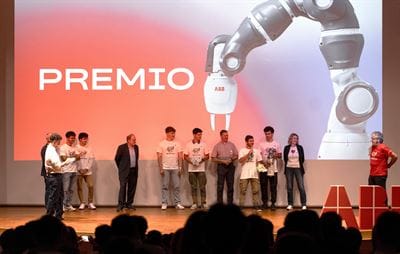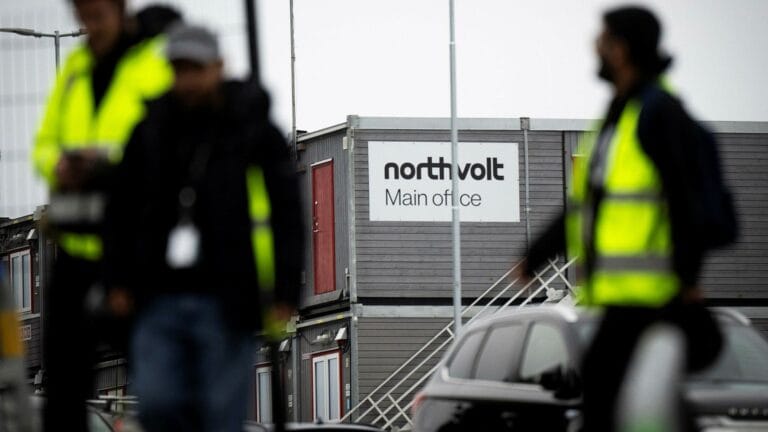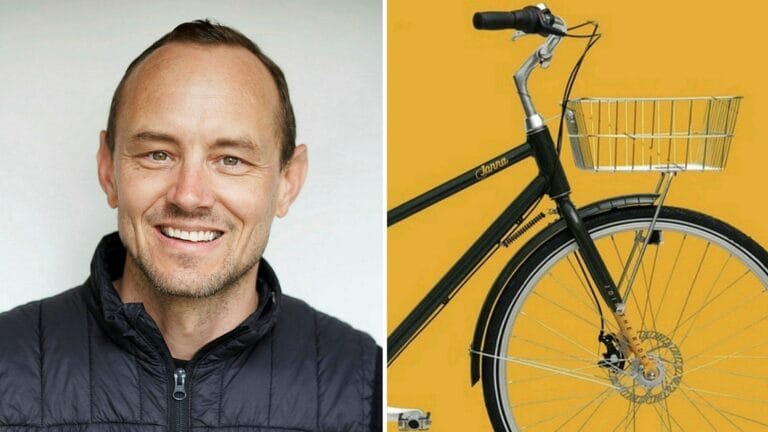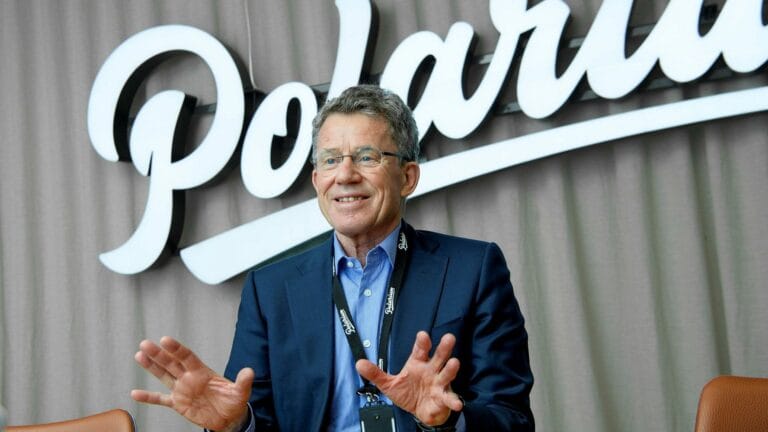Here are the finalists for the E-prize 2025.
E-Prize Announces 2025 Finalists: Spotlight on Energy Innovation
E-Prize, Sweden’s premier energy innovation award, is being presented for the 17th consecutive year by Aktuell Hållbarhet and E.ON. The aim is to recognize and stimulate the innovations needed to achieve the major energy transition we face. This year’s finalists range from electrified snowmobiles to small-scale geothermal power plants and AI solutions for energy efficiency.
“The energy transition is a society-wide change, the biggest since the industrial revolution. To succeed, we need a variety of players and solutions at many different levels – from specific technical problems to major system challenges,” says Carin Kuylenstierna, Head of Strategy and Sustainability at E.ON in the Nordic region and a member of the jury.
E-Prize is awarded in three categories: Energy Optimization, Renewable Energy, and Sustainable Transport. Three different parameters are assessed: Innovation level, business acumen, and sustainability. As usual, the finalists consist of a broad spectrum of companies, but zooming out reveals some overarching trends, according to Carin Kuylenstierna.
“It’s a lot about digitalization, circularity, and resilience. For example, local energy systems at Jordkraft, which works with geothermal technology, and Sunsurf Solar, which offers floating solar cells. Both Vidde and Rebaba are investing in circularity and show that electrification and ‘reuse’ must go hand in hand,” says Carin Kuylenstierna.
Carin Kuylenstierna believes that a year like this makes the award extra important.
“In turbulent times when it is more difficult for startups and scaleups to access capital, it feels even more important to put the spotlight on the companies that want to be part of the solution.”
2025 E-Prize Finalists
Category: Energy Optimization
- Algeno AB
Algeno reduces heat loss with AI. Their cloud-based service provides property owners with a new tool to minimize energy consumption and climate emissions, without having to install new hardware in their buildings. The company’s AI solution already manages 50,000 apartments in the Nordic region and adapts to each building’s characteristics. The result is reduced emissions, better indoor climate, and control over the building’s energy data.
“Algeno shows how artificial intelligence can become a tool in the energy transition, to both improve comfort and reduce climate impact,” says Carin Kuylenstierna.
- Zerotude
Zerotude offers AI-driven software that analyzes and optimizes energy renovations of buildings – based solely on the building’s address. By using data from public sources – such as the Swedish Mapping, Cadastre and Land Registration Authority and the National Board of Housing, Building and Planning’s register of energy declarations – detailed proposals for profitable measures are produced through proprietary AI. The construction sector currently accounts for large parts of the EU’s climate impact, and Zerotude helps to reduce these emissions.
- Spritju AB
In a world where sustainability promises are increasingly questioned, Spritju offers an alternative: a digital platform for traceable energy certificates in real time. With the help of blockchain and AI, the origin of electricity can be traced hour by hour, which helps companies avoid greenwashing. The solution increases transparency backwards in the value chain, strengthens confidence in companies’ climate reporting, and creates incentives for more renewable energy production.
Category: Renewable Energy
- Sunsurf Solar
Sunsurf Solar thinks differently. Instead of taking up valuable land area, they install their solar panels on water surfaces, such as irrigation ponds, peatlands, and landfills. Double-sided panels and natural cooling increase energy production. The concept provides several values: In addition to producing local energy, their solution frees up land and protects water from evaporation. The solution is tailored for the Nordic climate, and several solar cell plants have already been installed.
- Jordkraft Energy AB
Jordkraft takes the heat from the earth’s interior and packages it in small, modular power plants – small enough to blend into the landscape, but powerful enough to supply up to 4,000 households. With a technology that only requires one borehole, the company can offer baseload power with zero emissions. The plants, which are particularly suitable for sensitive environments, remote communities, or critical infrastructure, help to strengthen energy security in troubled times.
- Rebaba
When an electric car battery can no longer be used, it often has about 80 percent of its capacity left. Rebaba has taken note of this. The company builds modular energy storage systems from end-of-life electric car batteries. The systems can store renewable energy and balance the electricity grid at a fraction of the environmental impact of new batteries. A proprietary cooling technology also makes the systems fireproof.
“Rebaba ties together circularity and local energy storage in one and the same system. The company was a finalist for the E-Prize last year as well, which is fun and shows that you can apply to be a finalist several times,” says Carin Kuylenstierna.
Category: Sustainable Transport
- Zparq AB
Zparq develops compact, electric motors for both leisure boats and commercial vessels. Their technology provides quiet motors with long range and low climate footprint. By offering consumers electric alternatives to fossil-fueled boat engines, Zparq helps to reduce both climate emissions and many other pollutants in marine environments. The company’s motors are also designed to be given a circular life in other applications.
- Cellfion
Cellfion develops and manufactures PFAS-free, cellulose-based membranes for applications in hydrogen, energy storage, and ion separation. The solution replaces environmentally harmful fluorinated chemicals with renewable and non-toxic nanocellulose materials. In this way, the company enables a technology shift in green energy, especially fuel cells and batteries.
“Here we are far back in the value chain for sustainable transport, which highlights that the energy transition contains many different parts. Part of the solution is vehicles that run on hydrogen. And for hydrogen production, Cellfion makes a membrane that is PFAS-free, also created from Swedish cellulose,” says Carin Kuylenstierna.
- Vidde Snow Mobility AB
Vidde develops electric, circular snowmobiles that reduce both emissions and noise compared to fossil-fueled alternatives. The company addresses an often overlooked environmental villain – the snowmobile – and contributes to a cleaner winter environment. The electric driveline is also designed to be reused several times.
“Vidde shows that even winter adventures can become fossil-free. Knowing how difficult it is to handle electrified vehicles in cold temperatures, we want to highlight their solution,” says Carin Kuylenstierna.
Enjoyed this post by Thibault Helle? Subscribe for more insights and updates straight from the source.







